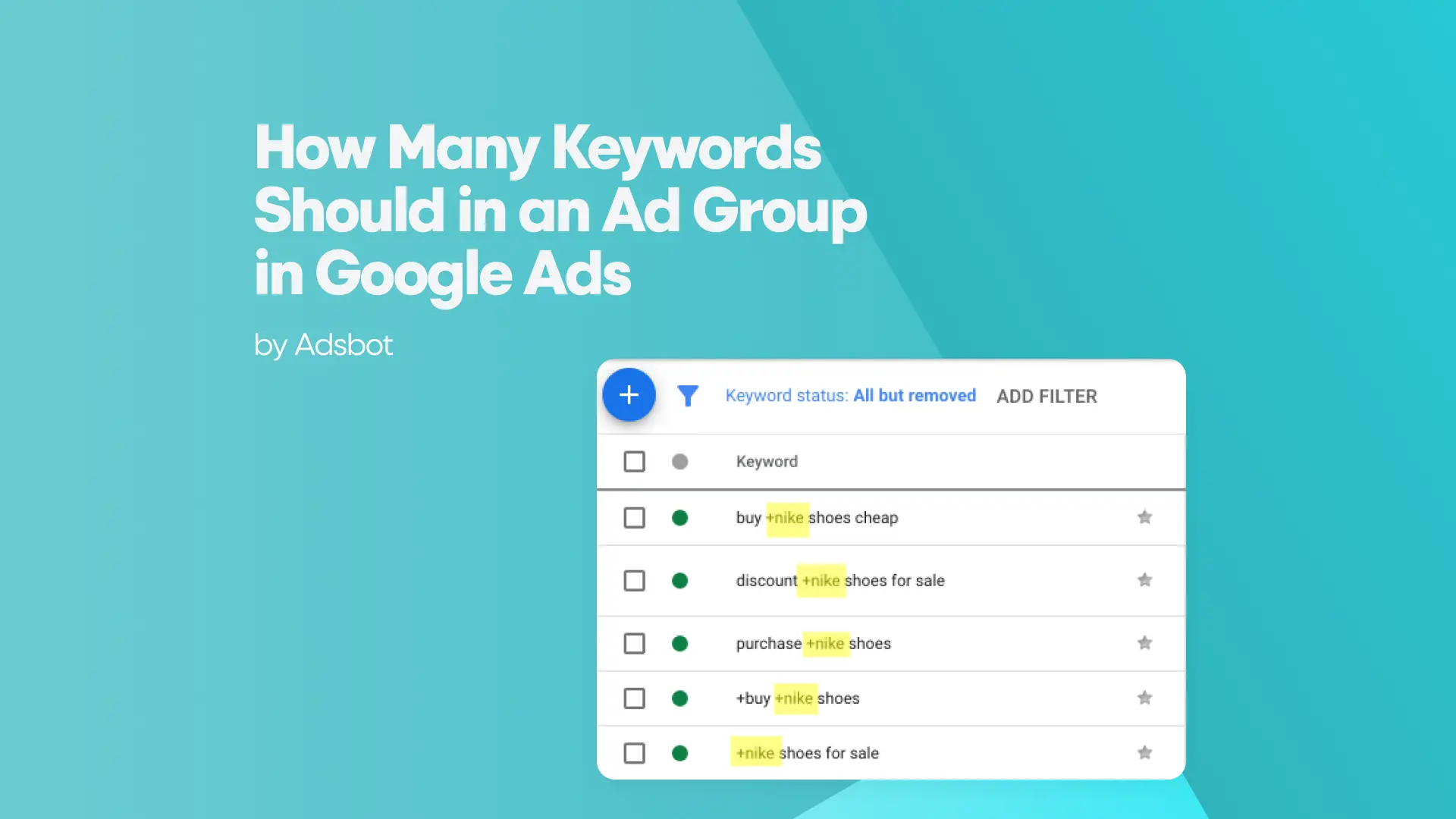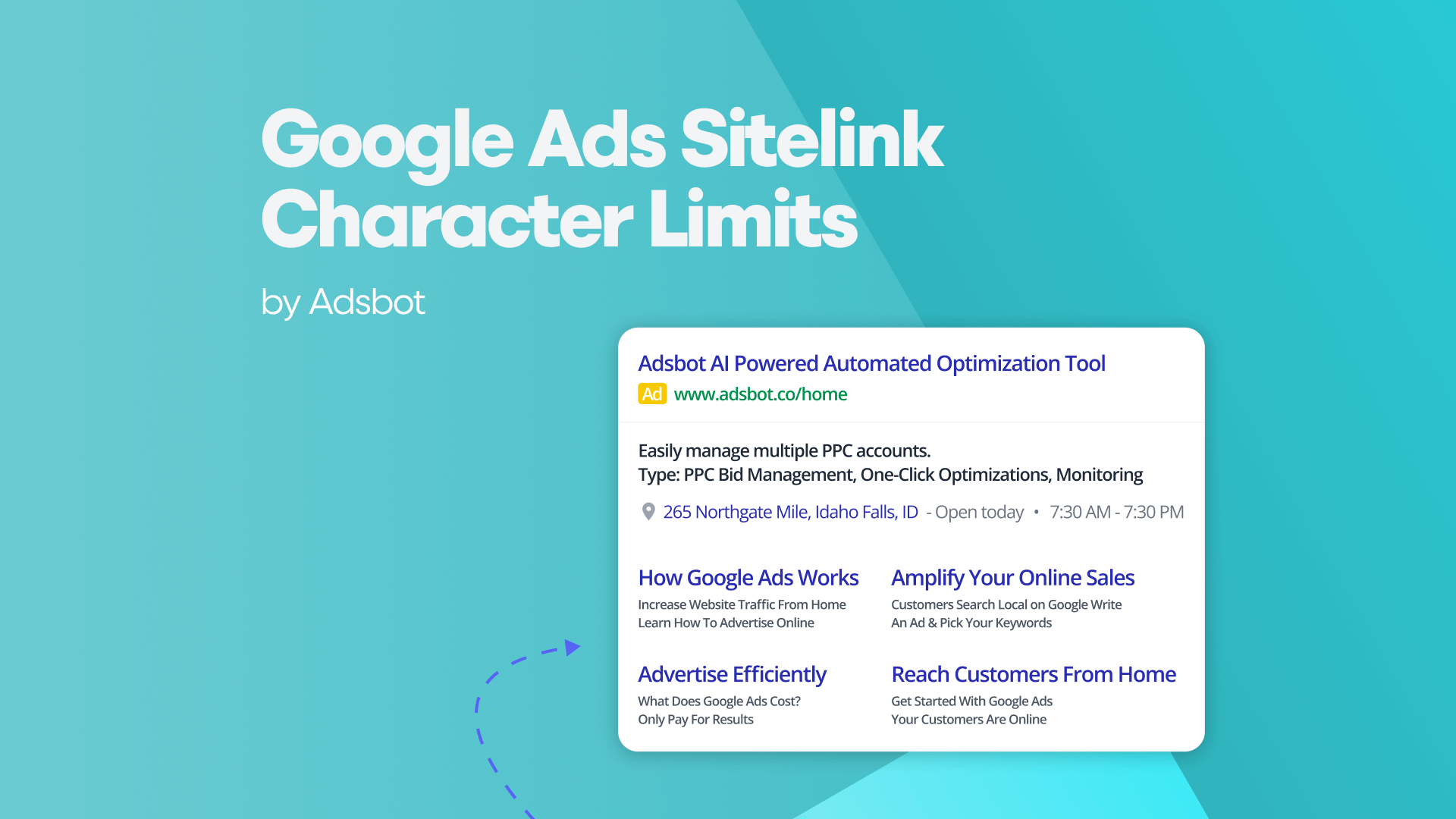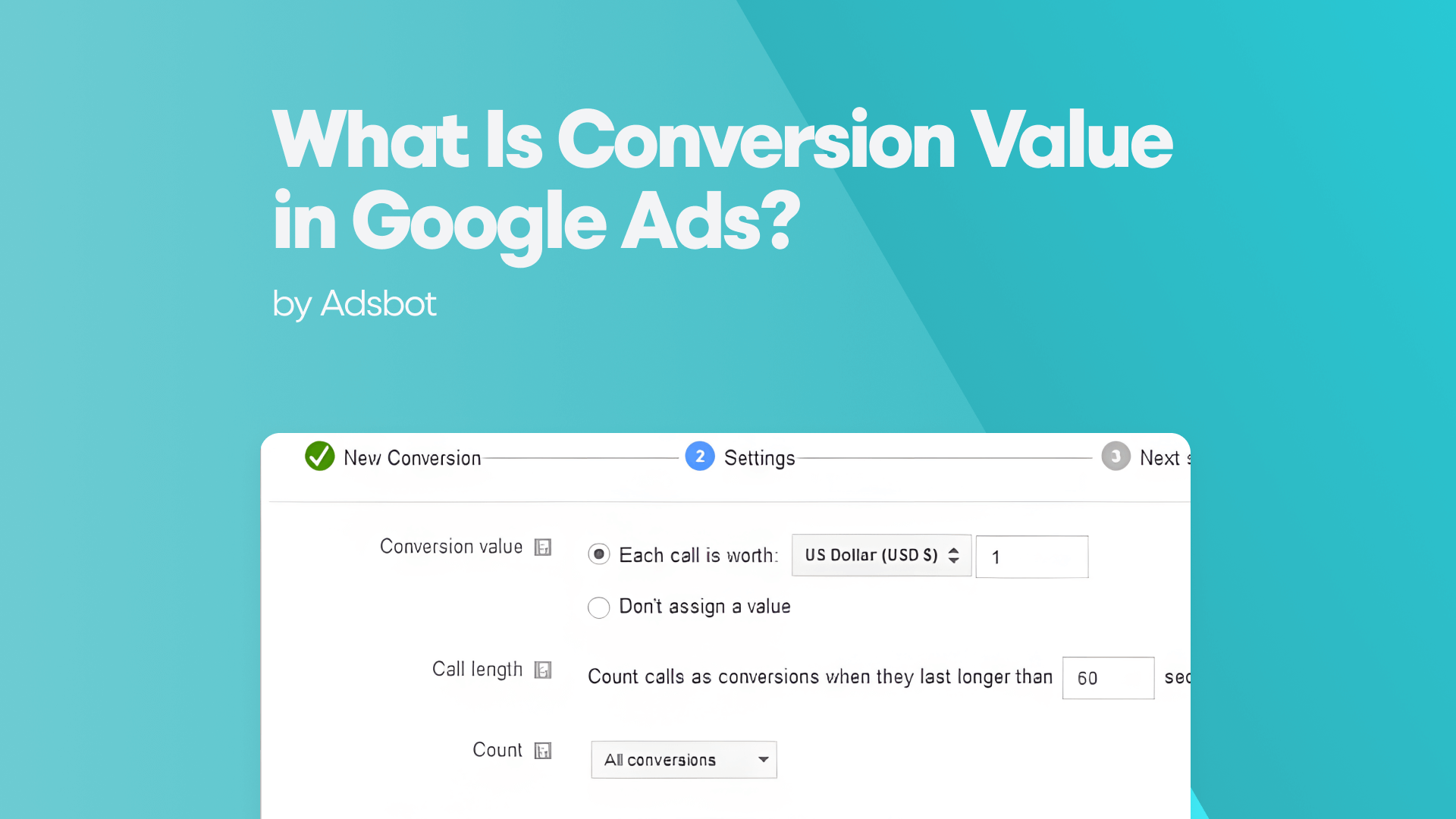87% of Google Ads campaigns fail to break even because marketers are guessing instead of testing what actually converts. The secret to transforming underperforming ads into conversion machines lies in systematic Google Ads AB testing- a data-driven approach that top marketers use to optimize every element of their campaigns, from headlines to landing pages. By testing different variations of your ads and measuring real performance data, you can identify exactly what resonates with your audience and eliminate the guesswork that’s costing you money.
Imagine cutting your cost-per-acquisition in half while doubling your conversion rates, all by making strategic tweaks based on solid copy tests Google Ads insights, rather than assumptions. This comprehensive guide will show you the exact step-by-step process successful marketers use to conduct winning A/B tests that consistently improve click-through rates, boost conversions, and maximize return on ad spend.
Ready to stop wasting ad budget on campaigns that don’t convert and start building a systematic testing strategy that delivers measurable results? Let’s dive into the proven methodology that will transform your ad performance and put you ahead of competitors who are still guessing what works.
What Is the Importance of A/B Testing Ad Variations?
A/B testing ad variations is a fundamental strategy in Google Ads (formerly known as Google AdWords) that allows marketers to optimize their advertising efforts by systematically testing different elements of their campaigns. This process involves creating multiple variations of ads or landing pages and comparing their performance to determine which version yields the best results. Regular ad monitoring is essential during this process to ensure that the variations are evaluated fairly and adjustments can be made promptly. Here’s why A/B testing is crucial for maximizing the effectiveness of your campaigns:
1. Optimizing Ad Performance
Google A/B testing enables marketers to experiment with various components of their ads, such as headlines, ad copy, images, calls-to-action (CTAs), and display URLs. By testing different combinations of these elements, marketers can identify which variations resonate most with their target audience. This optimization process helps in improving key metrics like click-through rates (CTR), conversion rates, and ultimately, return on ad spend (ROAS).
2. Improving Conversion Rates
One of the primary goals of A/B testing in Google Ads is to enhance conversion rates. Marketers can test different landing page designs, content layouts, form placements, and CTAs to determine which configurations lead to higher conversions. By understanding what drives user behavior and engagement, businesses can refine their PPC landing pages to encourage more visitors to take desired actions, such as making a purchase, signing up for a newsletter, or requesting more information.
3. Reducing Cost-Per-Acquisition (CPA)
Effective A/B testing can also contribute to reducing the cost-per-acquisition (CPA) of acquiring new customers or leads. By identifying and implementing high-performing ad variations and landing page designs, marketers can optimize their advertising budget. This optimization ensures that they are investing resources in strategies that generate the most conversions at the lowest possible cost, thereby maximizing the efficiency of their ad spend.
4. Enhancing User Experience
Google split testing isn’t just about optimizing for clicks and conversions—it also focuses on enhancing the overall user experience. By testing different ad creatives and landing page elements, marketers can create a more personalized and engaging experience for users. This includes ensuring that landing pages are mobile-friendly, load quickly, and provide clear navigation paths to facilitate seamless user interactions. A positive user experience not only improves conversion rates but also fosters customer satisfaction and loyalty.
5. Data-Driven Decision-Making
A/B testing in Google Ads is rooted in data-driven decision-making. By analyzing the results of experiments, marketers gain valuable insights into what resonates best with their audience. These insights guide future campaign strategies and optimizations, allowing businesses to adapt quickly to changing market dynamics and consumer preferences. Whether it’s adjusting ad messaging based on audience behavior or refining landing page designs to align with user expectations, data-driven insights from A/B testing ensure that marketing efforts are continuously optimized for maximum impact.
6. Staying Competitive
In the competitive landscape of digital advertising, continuous improvement is essential for staying ahead of the competition. AB split testing Google allows businesses to innovate and iterate on their ad strategies, constantly refining their approach to achieve better results. By keeping pace with industry trends and leveraging insights from A/B tests, marketers can develop more effective campaigns that resonate with their target audience and drive sustainable growth.
How to Conduct A/B Copy Tests Google Ads: Step-by-Step Guide
A/B testing is a critical process in optimizing Google Ads campaigns to improve performance metrics such as click-through rates (CTR), conversion rates, and return on ad spend (ROAS). This step-by-step guide will walk you through the process of setting up and conducting effective A/B tests in Google Ads to maximize your advertising efforts and achieve better results.
1. Define Your Goals and Hypotheses
Start by establishing specific key performance indicators (KPIs) that align with your campaign objectives, whether it’s to increase click-through rates (CTR), improve conversion rates, or reduce cost-per-acquisition (CPA). Understanding what is ROI in marketing is essential, as it helps evaluate the effectiveness of these KPIs. Formulate hypotheses by making educated guesses about which variations of ad elements or landing pages will outperform others. These hypotheses should be informed by insights gathered from audience research, competitor analysis, and data from past campaigns. By clearly defining goals and hypotheses upfront, marketers can focus their A/B testing efforts effectively and derive actionable insights to optimize their campaigns.
2. Identify Variables to Test
Firstly, experiment with different ad elements such as headlines, ad copy, images, calls-to-action (CTAs), and display URLs to gauge their impact on ad performance metrics like click-through rates (CTR) and conversion rates. Secondly, focus on testing various aspects of landing pages, including layouts, content placements, forms, visuals, and CTAs to pinpoint the most compelling design that drives conversions.
3. Create Variations for Testing
For Google Ads, duplicate your original campaign using tools like Google Ads Editor or the Ads interface. Modify ad elements while maintaining consistent targeting and bidding strategies across variations.
For landing pages, use A/B testing tools such as Google Optimize, Unbounce, or Instapage to create multiple versions. Customize each based on hypotheses from audience insights and ensure clear calls to action. This methodical approach helps identify the most effective ad and landing page combinations, optimizing campaigns for better engagement and conversions.
4. Set Up Your A/B Google Ads Test
Begin by accessing your campaign or ad group, selecting the ad to test, and creating new variations with different headlines, descriptions, or visuals. Enable ad rotation settings to evenly distribute traffic across variations, ensuring fair ad copy testing Google Ads conditions. For landing pages, utilize testing tools to evenly distribute traffic between different versions. Define clear conversion goals such as form submissions, purchases, or sign-ups, and track relevant metrics to evaluate each variation’s effectiveness in driving desired actions. This structured approach allows marketers to gather valuable insights and refine their Google Ads campaigns for improved outcomes.
5. Run Your Experiment
Allow the test to run for a sufficient duration to gather statistically significant data, tracking key metrics such as click-through rates (CTR), conversion rates, bounce rates, and average session duration. In Google Ads, utilize the campaign dashboard to monitor performance metrics for each ad variation closely. If significant differences in performance emerge, consider pausing underperforming ads early to optimize budget allocation. For landing pages, analyze experiment results within your testing tool’s dashboard. Compare performance metrics across variations and assess statistical significance to identify winning combinations that drive desired outcomes effectively.
6. Evaluate Results and Implement Findings
To evaluate the results of your A/B test in Google Ads effectively, conduct a rigorous statistical analysis using tools such as Google Analytics to assess the significance of performance differences between variations. This analysis helps determine which ad elements or landing page versions are statistically superior in driving engagement and conversions. Based on these insights, document key findings to inform future campaign optimizations.
A/B Testing Landing Pages in Google Ads
Testing landing pages is critical for optimizing conversion rates and improving overall campaign effectiveness:
- Single Variable Tests: Focus on testing one element at a time (e.g., headline, CTA button color) to isolate its impact on conversion rates.
- Multivariate Testing: Experiment with multiple elements simultaneously to understand how different combinations interact and affect user behavior.
- User Experience Optimization: Ensure landing pages are mobile-friendly, load quickly, and provide intuitive navigation paths to conversion points for a seamless user experience.
Mastering Google Ads AB testing is a cornerstone of successful digital marketing strategies. By systematically testing ad variations and landing page designs, marketers can refine their campaigns to drive higher engagement, lower costs, and increase conversions. Continuous testing, data-driven analysis, and iterative optimization are key to staying ahead in the competitive landscape of digital advertising. Incorporate these strategies into your campaigns to unlock the full potential of your advertising budget and achieve your marketing objectives effectively. Start testing today to discover what resonates best with your audience and propel your campaigns to new heights of success.
Popular Posts
-
How Many Keywords Should Be In an Ad Group in Google Ads?
Ever wondered if your Google Ads campaigns are packed with…
Read more -
Google Ads Script for Dummies: An Introduction
Imagine you have an e-commerce website that sells licensed superhero…
Read more -
Google Ads Sitelink Character Limits
Your Google Ads are cutting off in the middle of…
Read more -
What Is Conversion Value in Google Ads?
What if you could put a price tag on every…
Read more
Register for our Free 14-day Trial now!
No credit card required, cancel anytime.




